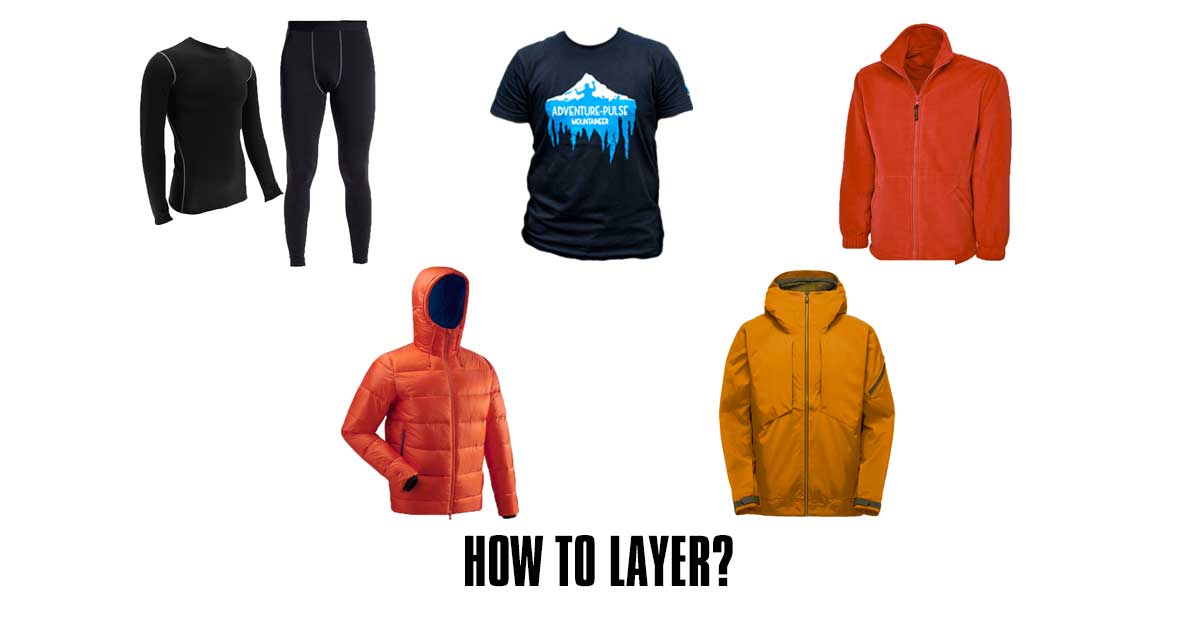
Layering Clothes is a fundamental concept all trekkers and hikers must know. It is a technique used by mountaineers like Conrad Anker to amateur trekkers like you and me. Fundamentally, Layering is several clothing items worn in sequence for protection. Layering works on the principle of insulation. Each apparel traps a certain amount of air that insulates the body from the elements and prevents heat from leaving the body. Layering clothes when done right can keep you warm for days. Let us dive in and know more about this all-essential technique.
The weather in the mountains is unpredictable often changing from hour to hour. For example on the Kilimanjaro trek in Africa, the weather can turn from a bright sunny day to snow in a matter of hours. Thus, layering clothes offers a versatile and customizable solution to the changes in weather in the mountains.
Layering clothes is broken down into layers. These layers start from layer 1 to 5. Each layer has its use and has different properties, that being said, they can be switched around to meet the needs of the trekker or climber.
As far as price is concerned, you can get trekking apparels in the range from Rs 1,000 to Rs. 50,000. I would recommend buying the best that you can afford, though there’s no compulsion to buy them all at once. You should ideally look at good quality layering clothes for the mountains as a long term investment rather than a fashion statement. Good trekking and mountaineering gear will last a long time and good quality gear will reward you many times over provided you take care of them.
Layer 1
Thermal Base Layer (Inners)
The base layer commonly refers to thermals. The Baselayer is the most efficient at keeping you warm. It is the next-to-skin layer and has an added job of moving perspiration away from your skin, aka “wicking.”

The most common materials for a Base Layer is polyester (The most common type) and/or Merino Wool (gaining in popularity).
In cold conditions, base layers are also needed to keep your skin dry. As well as keeping you warm, the base layer transfers sweat while trekking away from your body. This is very important as the sweat can steal the precious heat from the body. You want something lightweight, dries quickly and keeps you warm. Avoid any cotton apparels as they can get soaked with sweat and become heavy. They also take time to dry. Ideally, you do not want to wear a thermal while trekking; unless the day temperatures are sub-zero. For instance, if you are on the Chadar Trek, where day time temperatures can be as low as -20C; this is when you would want to wear a thermal even while trekking.
Layer 2
T-shirt

A regular t-shirt is usually part of layer 2. This serves as a ‘wicking’ layer too when the temperature isn’t that low and the thermal is not required. You want to wear thermal when the temperatures are sub-zero. If it’s not, a regular summer t-shirt can be used as the 2nd layer (1st as you will not be wearing a thermal/base layer).
Layer 3
Fleece Jacket
This is usually is a fleece jacket. This layer consists of a lightweight jacket, either Full sleeve or half sleeve.
Fleece is an incredible man-made wonder product. Though named after the ‘fleece’ coat on a sheep, it’s a 100% synthetic apparel and derived from plastic rather than a fluffy sheep’s coat – despite being fuzzy to the touch.

Fleece jackets are polyester-based jackets and are lightweight. They are perfect for when the temperatures are just above freezing. Fleece jackets are available at almost every shop and are usually categorized based on its weight from Light – Heavy. These jackets are perfect for when the weather is damp as they will keep you warm in the wet. They also won’t let you overheat as they are pretty breathable and also dry pretty fast. The downside to fleece jackets is that they let wind pass straight through, hence they will not keep you warm when winds are blowing strong.
Layer 4
Down Jacket
Layer 4 comprises mainly of Down-insulated jackets. These are especially lightweight and highly compressible for easy packing. The weight to warmth ration down offers, is incredible, providing more warmth for its weight than any other insulating material. These jackets also offer some water and wind resistance. These jackets are more expensive than fleece jackets but are much warmer. They do offer some protection from the wind and precipitation.
Most good quality downs are coated with a DWR or Durable Water Repellent finish. This stops light rain from penetrating the jacket. Down jackets are also called puffy jackets because the compartments are filled with either goose down (Goose feathers) or polyester down (Polyester fill). Polyester Down jackets are cheaper than Goose filled down and are heavier and bulkier. Goose down jackets are lighter and are better to carry as they can be compressed to occupy a very small space. Goose filled down jackets are also substantially more expensive than their polyester filled counterparts.
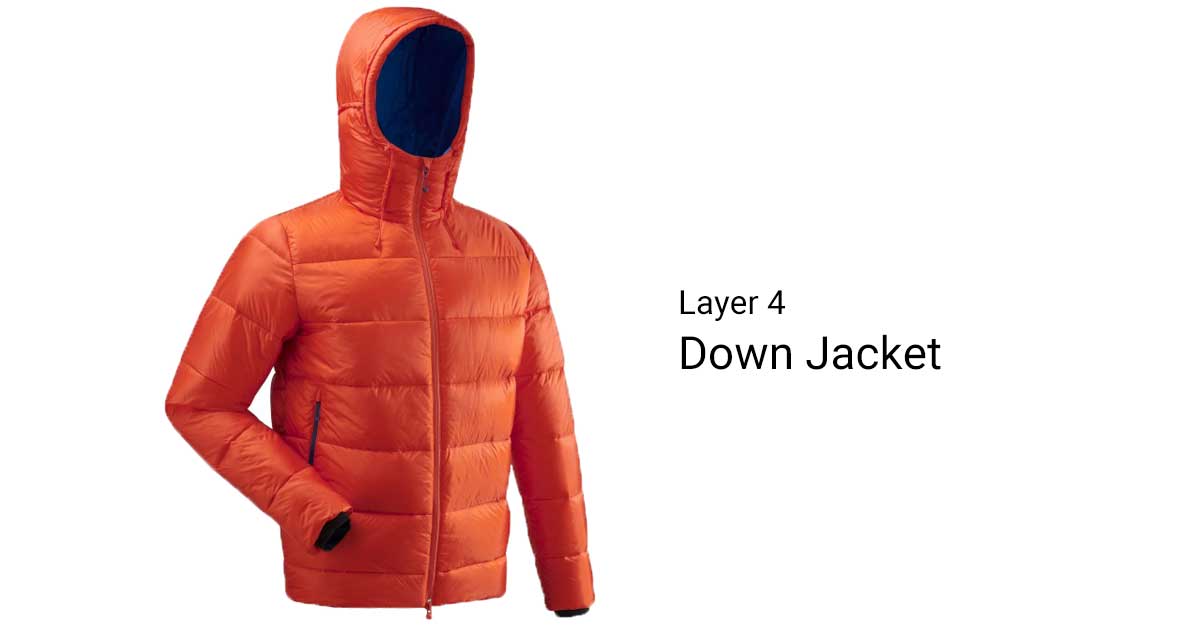
The choice between Goose-filled and Polyester-Filled down jackets boils down to your need. If you are pressed for space and can afford a goose-filled jacket go for it. If Goose-filled down jackets are over your budget go for a polyester-down jacket.
While choosing a down jacket, you might hear the word ‘Down Fill’. Down fill is the measure of ‘fluffiness’ of the down. They usually assign a value to each jacket and varies from 400-1000. It refers to the loftiness of the down. A jacket with a higher rating is better at insulating and has a better quality of down [Feathers].
In our Everest Base Camp treks, we recommend wearing a good quality fleece (on the thicker side) while trekking and once you reach the tea house to change into a down jacket. As a fleece jacket is more breathable it allows sweat to exit the body easily.
Layer 5
Shell / Windproof Jacket
These typically include raincoats and windcheaters. This is one of the most important layers as they protect you and the inner layers from rain, snow or wind. Some raincoats are made of a Gore-Tex or equivalent fabric that allows sweat to escape without letting water or snow in. These fabrics are perfect for trekking as they won’t let you overheat. Like all the other layers, you can get cheap jackets and pricey ones; usually more expensive means drier. But again, do your research and get the best you can afford. These fabrics make water bead up and thus prevent it from entering through the weave of the fabric.
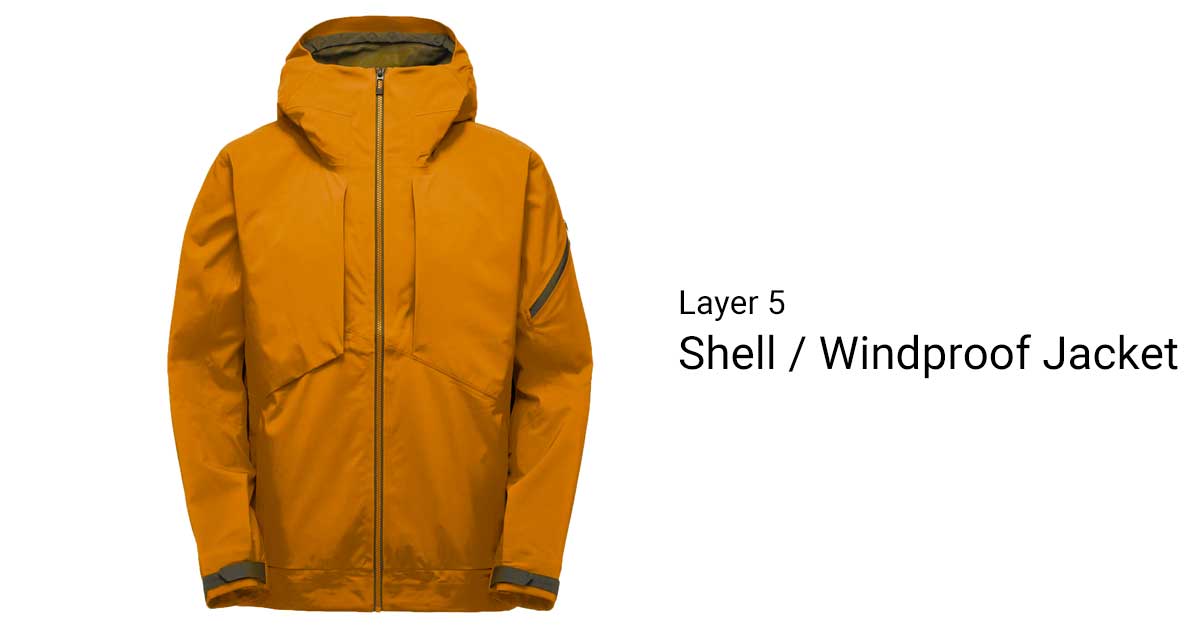
Windcheaters vs Raincoats
We in our daily lives use the terms rather interchangeably, but what does it mean? A windcheater is something that can protect you from the wind, it may not be the best insulator but helps keep the wind from coming directly in contact with your body, thus preventing heat loss. A raincoat is something that can protect you from the rain. It also may not insulate you but stops water and snow from stealing heat from the body. A raincoat can be used as a windcheater but a windcheater cannot be used a raincoat.
Nowadays, you can get hybrid jackets which have a fleece-lined inner (Sometime detachable) and a water-resistant exterior. These jackets usually weigh a little more and might not be as effective as if you buy a specialized mid-layer and an outer layer. As technology progresses, these jackets are getting lighter and better.
There are a lot of brands that sell these jackets. We would recommend taking your time and doing your research before making a purchase. Good quality jackets are an investment and will reward you time and time again.
Good Brands like Patagonia, Arc’teyrx and The North Face are expensive but also have a standard of quality that you can rely on. Additionally, they do have a lifetime warranty and you can return the goods if they have a defect.
To make layering clothes and jackets a little easier to understand, I’ll take up some examples from our treks and the different weather conditions. Always remember, layering clothes allows you to add and remove layers that suit YOUR NEED, play around and find what works for you.
While on the Goechala Trek and walking through the rainforests of Sikkim: A base layer to expel the sweat with an outer layer to keep you dry from the rain.
While Trekking up from Debouche to Dingboche (Everest Base Camp): this is when you cross the tree line. A base layer to get the sweat out (A thin one as you will be pretty warm while trekking), a fleece jacket (layer 3) and an outer layer (As it can get pretty windy)
While on Mt. Elbrus you would need a thick base layer, a second layer t-shirt, a fleece and a thick outer layer as temperatures can drop to -15C with wind chill
Layering Clothes & Taking care of your Trekking Gear
Each piece of apparel comes with a tag with the washing instructions. Refer to them before washing any gear. This section is mainly for fleece Jackets, Down jackets and Hard shells.
Good quality jackets do not need to be washed often and most companies would recommend spot washing the dirty area and washing the apparels only when required. This is also more environmentally friendly. We hope you wash your base layers immediately after a trek. Since their primary function is to absorb perspiration, they tend to also trap odour causing bacteria from your skin.
After coming from any trek we would recommend air drying all the jackets. Put them in the sun and turn them inside out. This will make sure all the sweat has evaporated.
Down Jackets: Washing down jackets are a little more complex. Down jackets should be washed as less as possible. Do your research before washing a down jacket. We would recommend washing your jackets with a specialized downwash like Grangers Down Wash on a gentle cycle as regular detergents can remove the oils from the down feathers. If a Down Wash is not available, make sure you use a mild detergent and run a double rinse cycle to get all the soap out. To dry a down jacket, put it in a spin cycle with a couple of clean tennis balls. This will help stop the feathers from clumping. After a spin cycle, you can line dry the jacket.
Hard Shells: Hard shells should also be washed with a specialized tech wash. Make sure the zips are closed so that they do not interfere with the washing machine. A cold cycle with a double rinse should get all the soap out.
As you use your jackets more often the Durable Water Repellent Coating or DWR will start to wear off especially in the high use areas of the underarms and zips. Using a DWR spray or wash can help restore that coating and make your jackets last longer.
If you enjoyed reading this blog and found the information useful, do share it. Please do feel free to put down any of your questions, and we will be happy to address them either on our website, Facebook, Instagram or on WhatsApp.

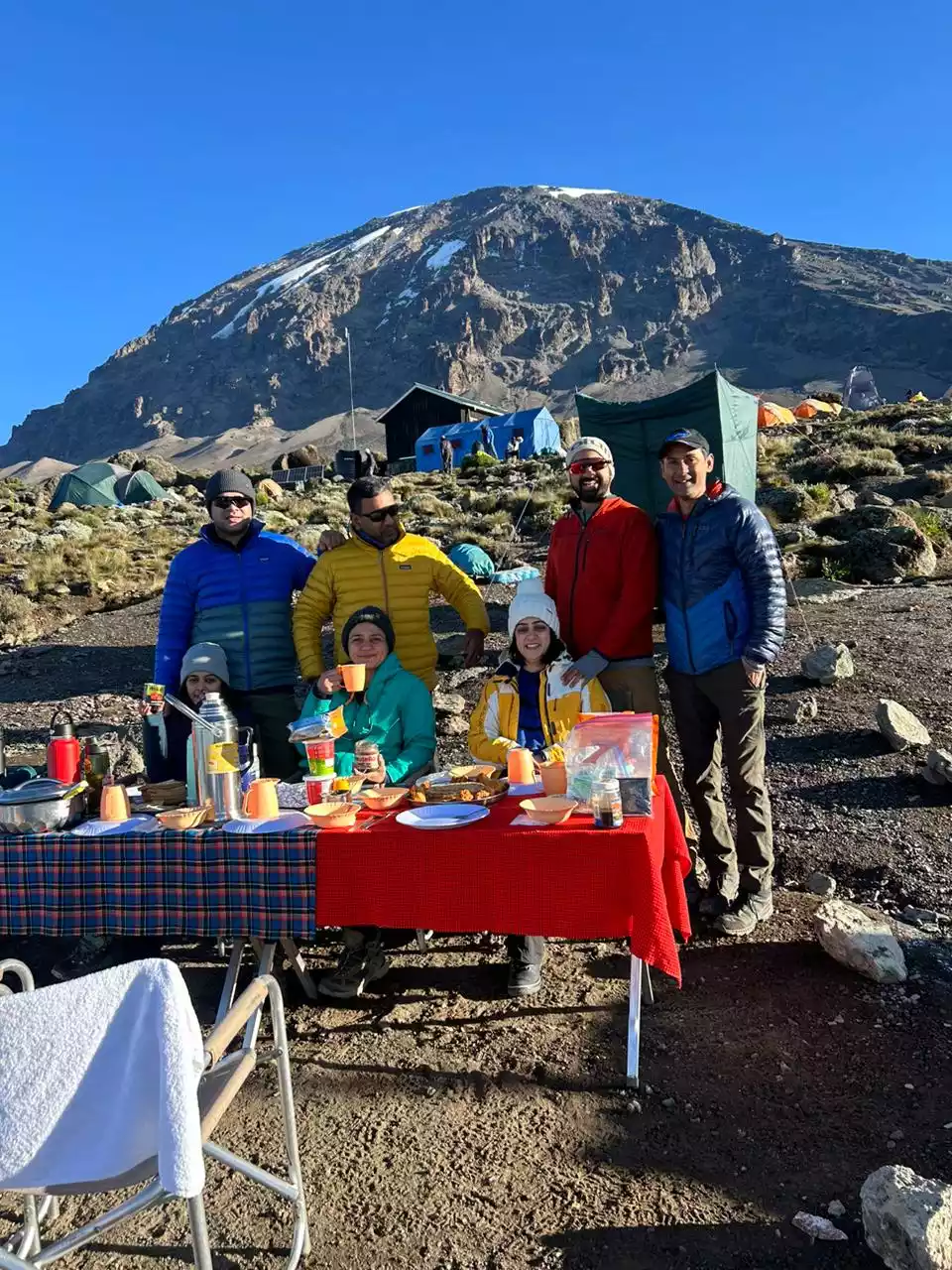
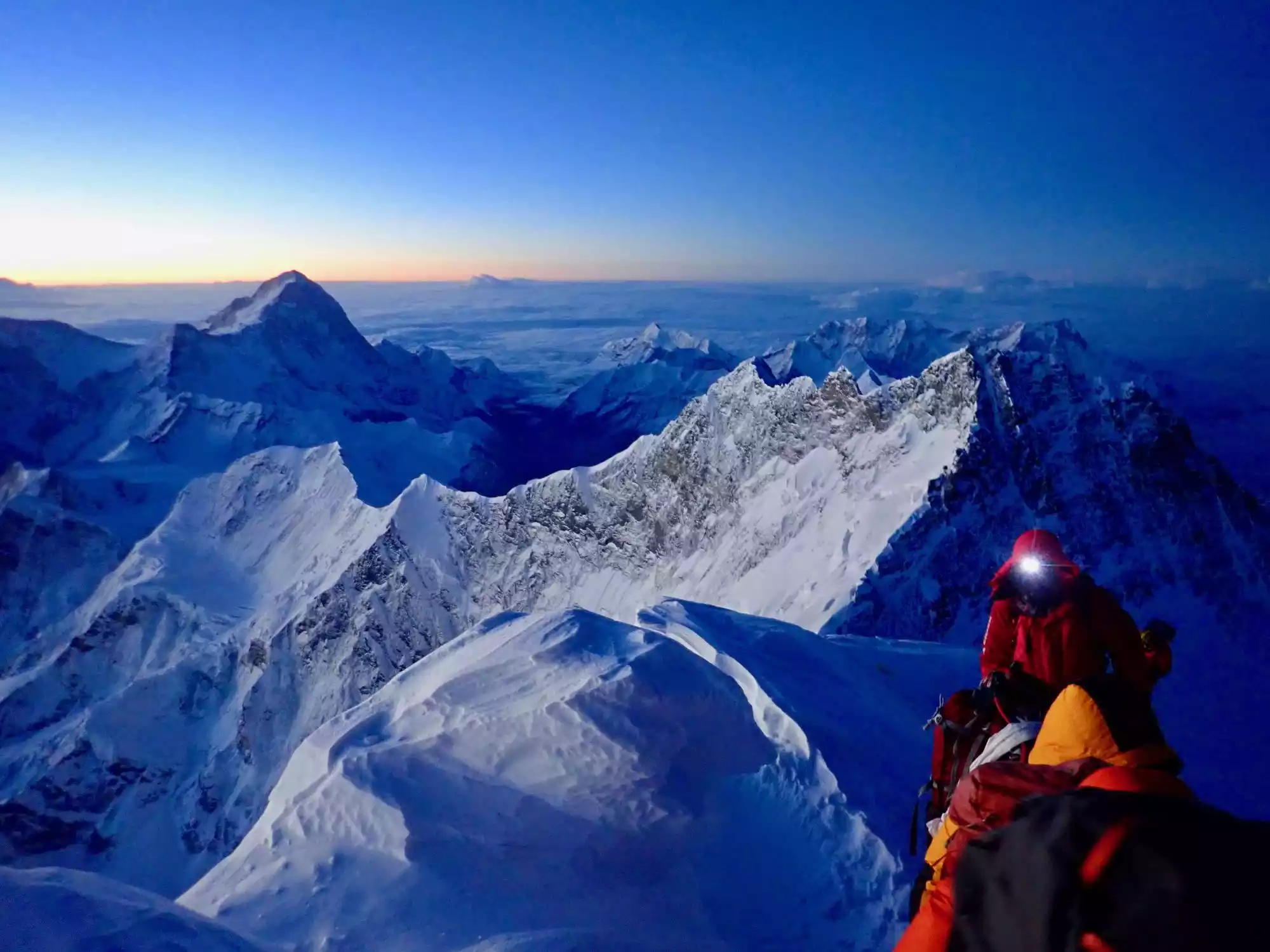
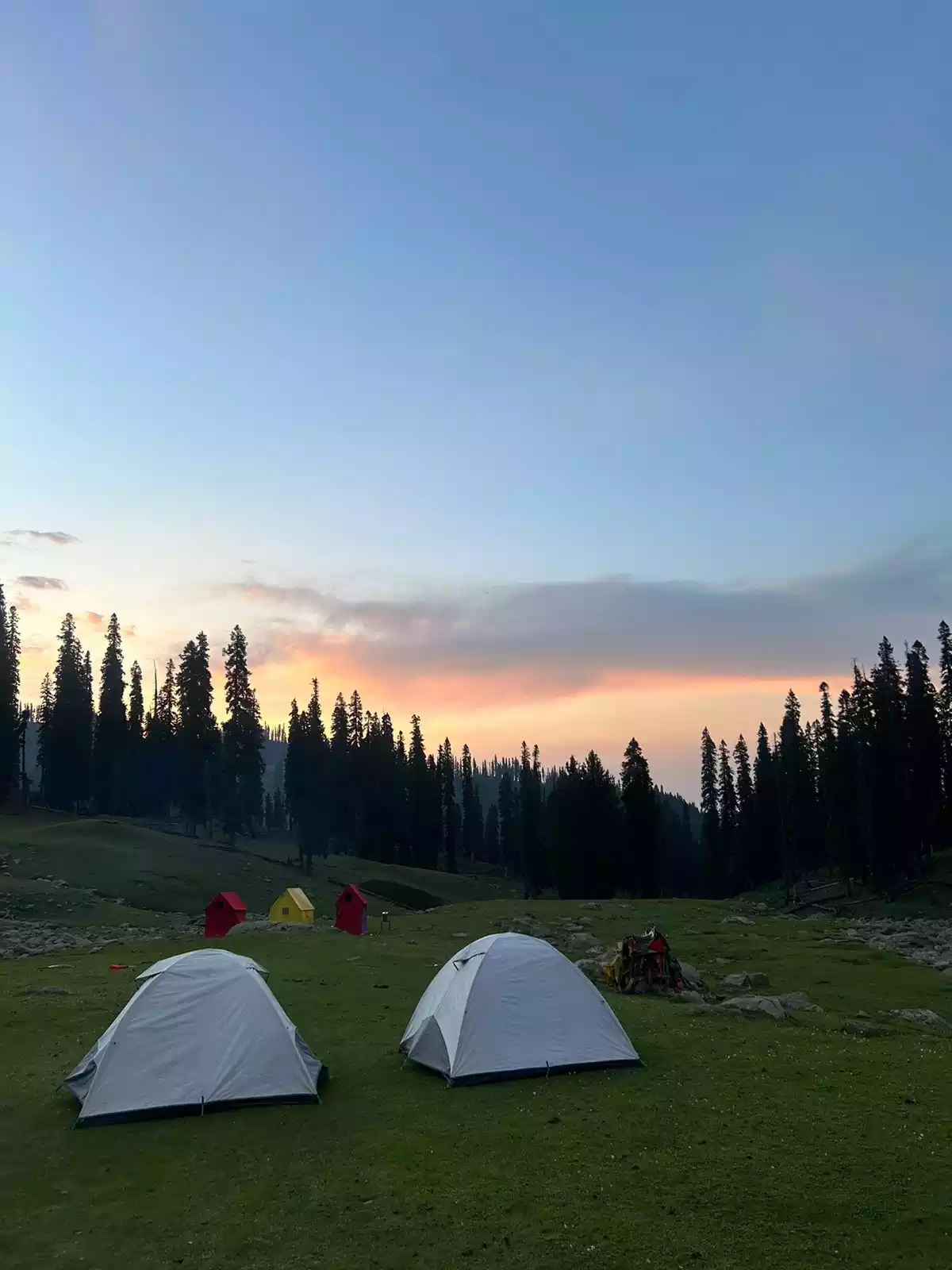
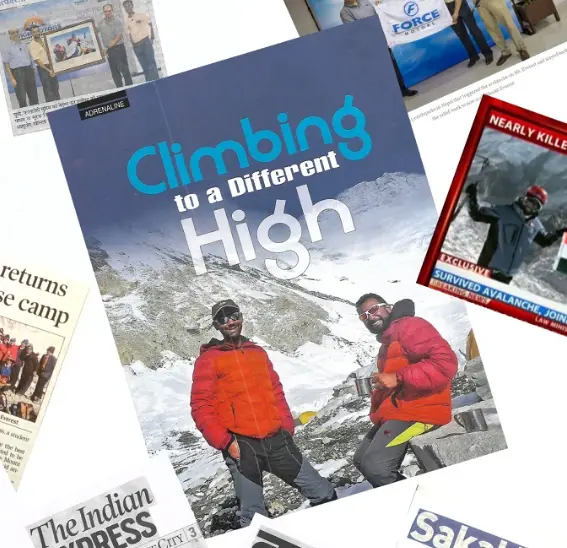
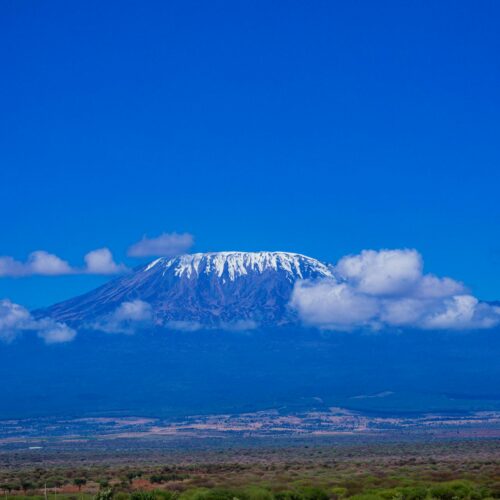


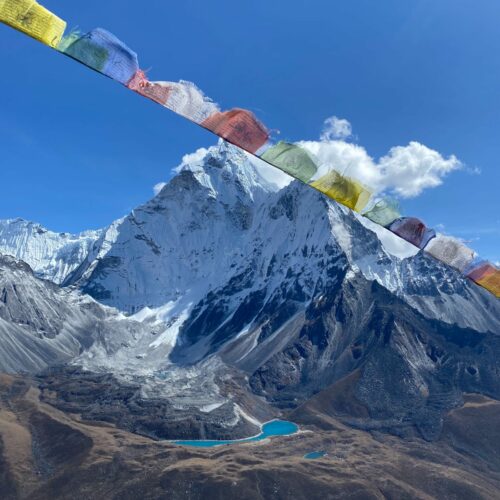



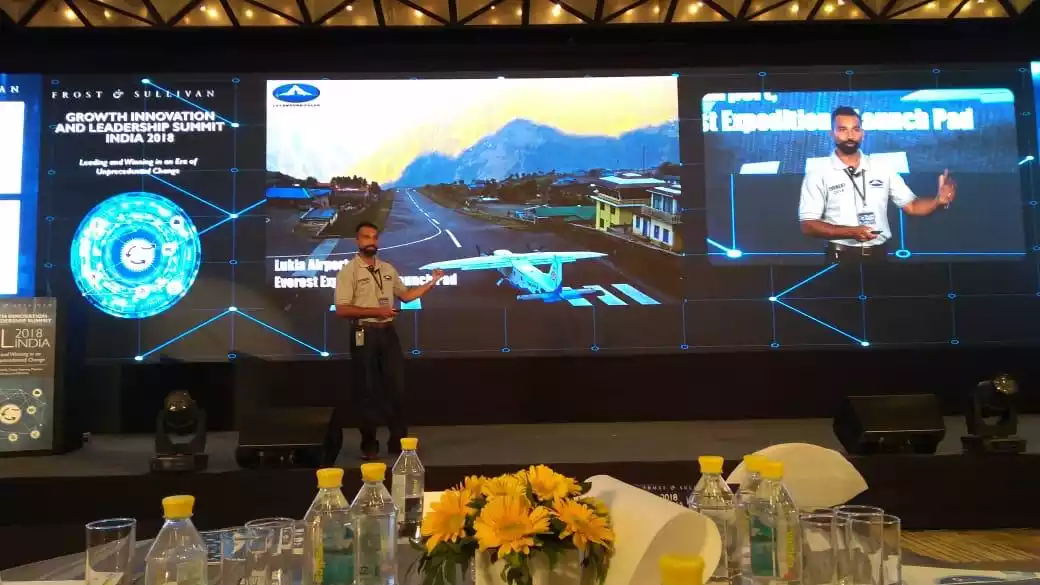
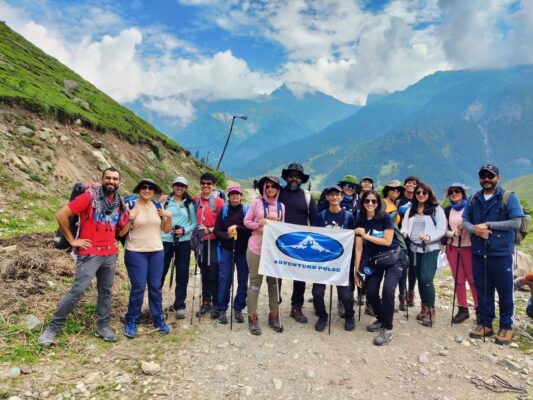
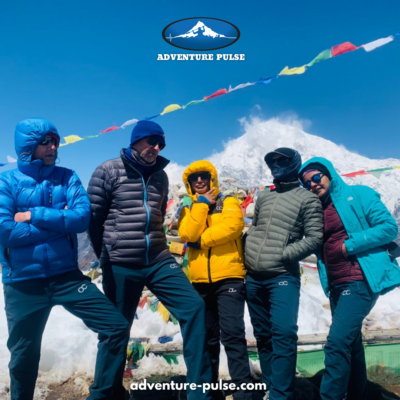
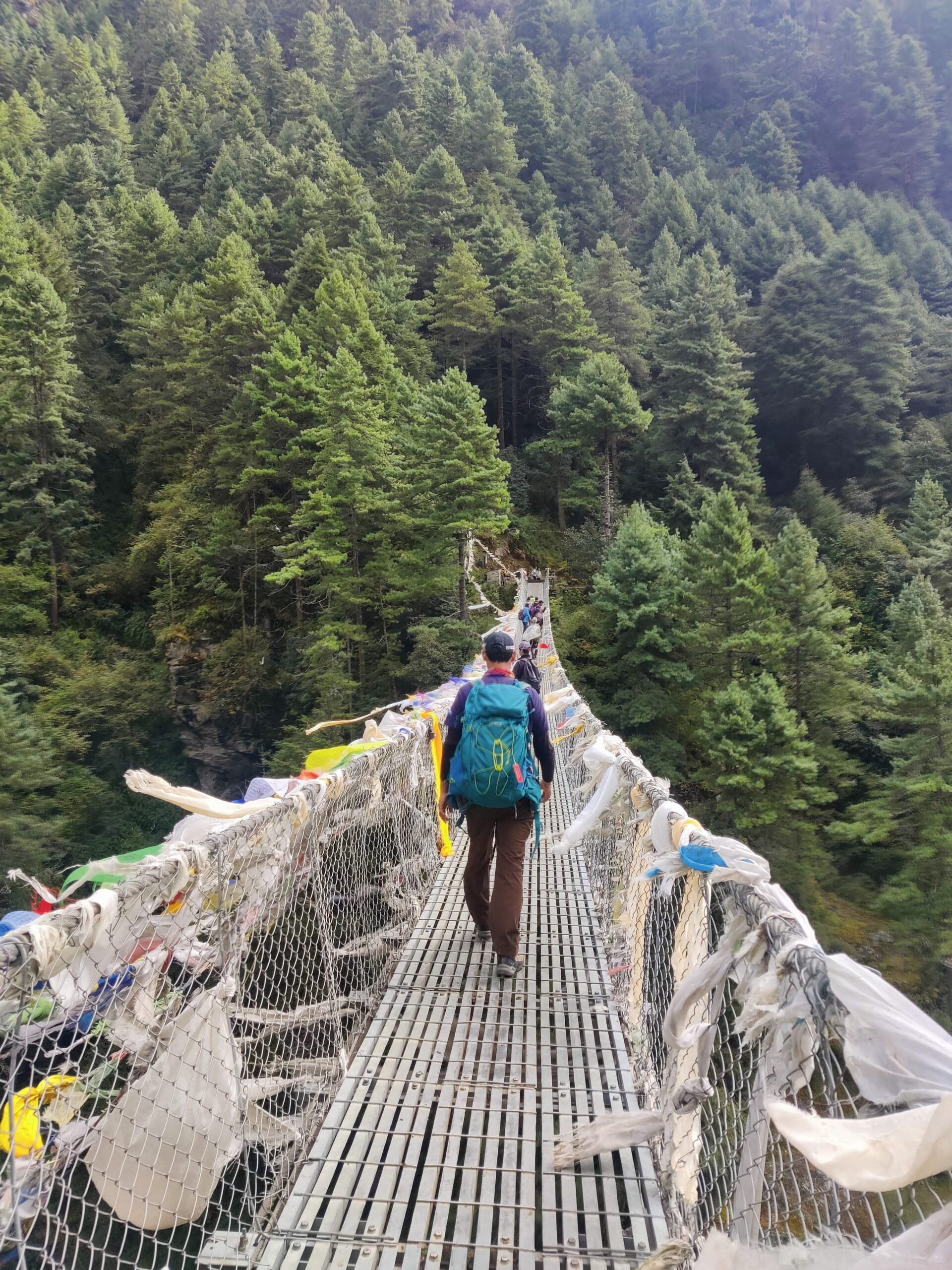
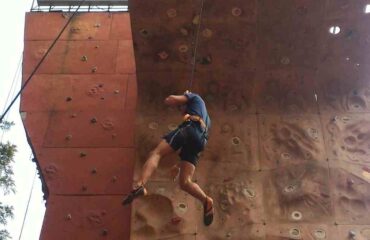


[…] mentioned above, the best way to survive the cold is the technique of layering. In short, Layering is several clothing items worn in sequence for protection. While on the trek, your superhero costume […]
[…] raincoat or windcheater goes a long way in keeping you safe from the elements. You can refer to our blog on layering for […]
[…] mentioned above, the best way to survive the cold is the technique of layering. In short, Layering is several clothing items worn in sequence for protection. While on the trek, your superhero costume […]